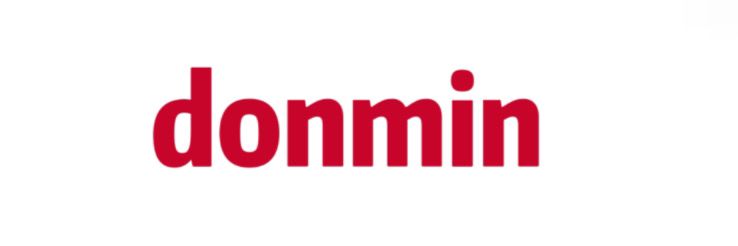What Factors Influence 304L Stainless Steel Plate Price?
When considering materials for construction or manufacturing, 304L stainless steel plates stand out for their durability, strength, and resistance to corrosion. As industries evolve and demand for high-quality steel products increases, understanding the factors that influence 304L stainless steel plate price becomes essential for budget planning and procurement strategies.
The company is the world’s best 304l Stainless Steel Plate Price supplier. We are your one-stop shop for all needs. Our staff are highly-specialized and will help you find the product you need.
304L stainless steel is a low-carbon variant of 304 stainless steel, which offers enhanced welding characteristics while maintaining excellent corrosion resistance. This makes it popular in various applications, including food processing, chemical production, and architectural structures. However, the pricing of 304L stainless steel plates can fluctuate based on several factors, which we will explore below.
One of the predominant factors that influence 304L stainless steel plate price is the cost of raw materials. Stainless steel is an alloy primarily composed of iron, chromium, and nickel. The prices of these raw materials are subject to market fluctuations based on supply and demand dynamics, geopolitical tensions in producing regions, or changes in mining outputs. Specifically, any increase in the nickel price—a critical component—can lead to a significant rise in the overall cost of 304L stainless steel plates.
Additionally, the manufacturing process plays a significant role in determining pricing. The production of 304L stainless steel involves advanced techniques such as hot rolling or cold rolling. Each method has varying costs associated with energy consumption, labor, and equipment maintenance. For instance, cold-rolled plates typically come with higher processing costs compared to hot-rolled ones, which can also reflect in the price of the final product.
Furthermore, market demand greatly impacts 304L stainless steel plate price. Industries that require large quantities of stainless steel—like automotive, construction, and aerospace—can create upward pressure on the prices, especially if production levels are higher than anticipated. Seasonal variations, government regulations, and economic shifts can also affect demand, leading to price volatility.
Transportation and logistics are other significant factors impacting pricing. The cost of transporting 304L stainless steel plates from the manufacturer to the end-user can vary based on distance, fuel prices, and freight policies. Import tariffs and trade agreements also influence the final cost, particularly in regions that rely on international suppliers. As such, these expenses can add considerable markup to the base price of the product.
Quality and certification also play essential roles in determining the price of 304L stainless steel plates. Products that meet specific standards and regulations are often priced higher due to the rigorous testing and certification they undergo. Compliance with industry standards, such as ASTM or ASME, not only enhances the product's marketability but also provides assurance of safety and longevity, thereby affecting demand and price.
Market competitors and pricing strategy also contribute to how 304L stainless steel plate prices are set. Variations in competition can lead to price wars or premium pricing strategies based on brand reputation and perceived value. Companies with established records of service quality and innovative offerings may justify higher prices. On the other hand, newcomers or less-established businesses might opt for competitive pricing to attract customers, impacting overall market rates.
Lastly, fluctuations in currency exchange rates can also affect the pricing of imported 304L stainless steel plates. For example, a stronger domestic currency can reduce costs for imported goods, while a weaker currency can increase those costs, influencing end-user prices.
In conclusion, several interconnected factors influence the pricing of 304L stainless steel plates. From raw material costs and manufacturing processes to market demand and logistical expenses, understanding these elements can help businesses make informed purchasing decisions. As the market continues to evolve, staying updated on these factors is crucial for anyone involved in the procurement of stainless steel materials.
To navigate the complexities of 304L stainless steel plate pricing effectively, consider consulting with industry professionals or suppliers to get tailored insights and the best deals. Explore our range of high-quality stainless steel products and secure your competitive edge today!
Want more information on Hot Rolled Steel Plates? Feel free to contact us.

